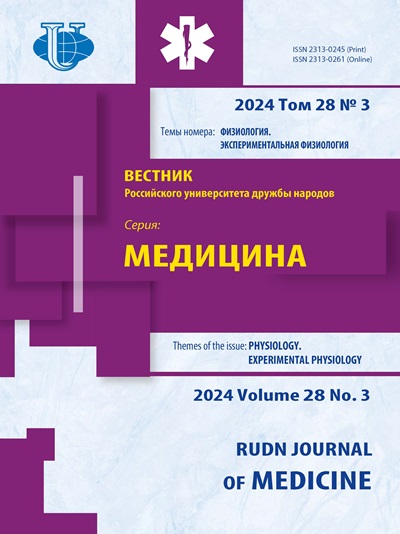Clinical, laboratory and instrumental characteristics of children with sydenham’s chorea
- Authors: Kantemirova MG1, Novikova Y.Y.1, Korovina OA1, Drozdova IM2, Degtyareva EA1, Ovsyannikov DY.1, Koltunov IE1
-
Affiliations:
- RUDN University
- Morozovskaya children’s city clinical hospital
- Issue: Vol 21, No 1 (2017)
- Pages: 51-60
- Section: Articles
- URL: https://journals.rudn.ru/medicine/article/view/15230
- DOI: https://doi.org/10.22363/2313-0245-2017-21-1-51-60
Cite item
Full Text
Abstract
About the authors
M G Kantemirova
RUDN University
Email: kantemirova60@mail.ru
Morozovskaya children’s city clinical hospital Moscow, Russia
Yu Yu Novikova
RUDN University
Email: 8newyu8@mail.ru
Moscow, Russia
O A Korovina
RUDN University
Email: o.korovina2013@yandex.ru
Morozovskaya children’s city clinical hospital Moscow, Russia
I M Drozdova
Morozovskaya children’s city clinical hospital
Email: Irina.drozdova@mail.ru
Moscow, Russia
E A Degtyareva
RUDN University
Email: dib6@yandex.ru
Moscow, Russia
D Yu Ovsyannikov
RUDN University
Email: mdovsyannikov@yahoo.com
Morozovskaya children’s city clinical hospital Moscow, Russia
I E Koltunov
RUDN University
Email: info@mdgkb.mosgorzdrav.ru
Morozovskaya children’s city clinical hospital Moscow, Russia
References















